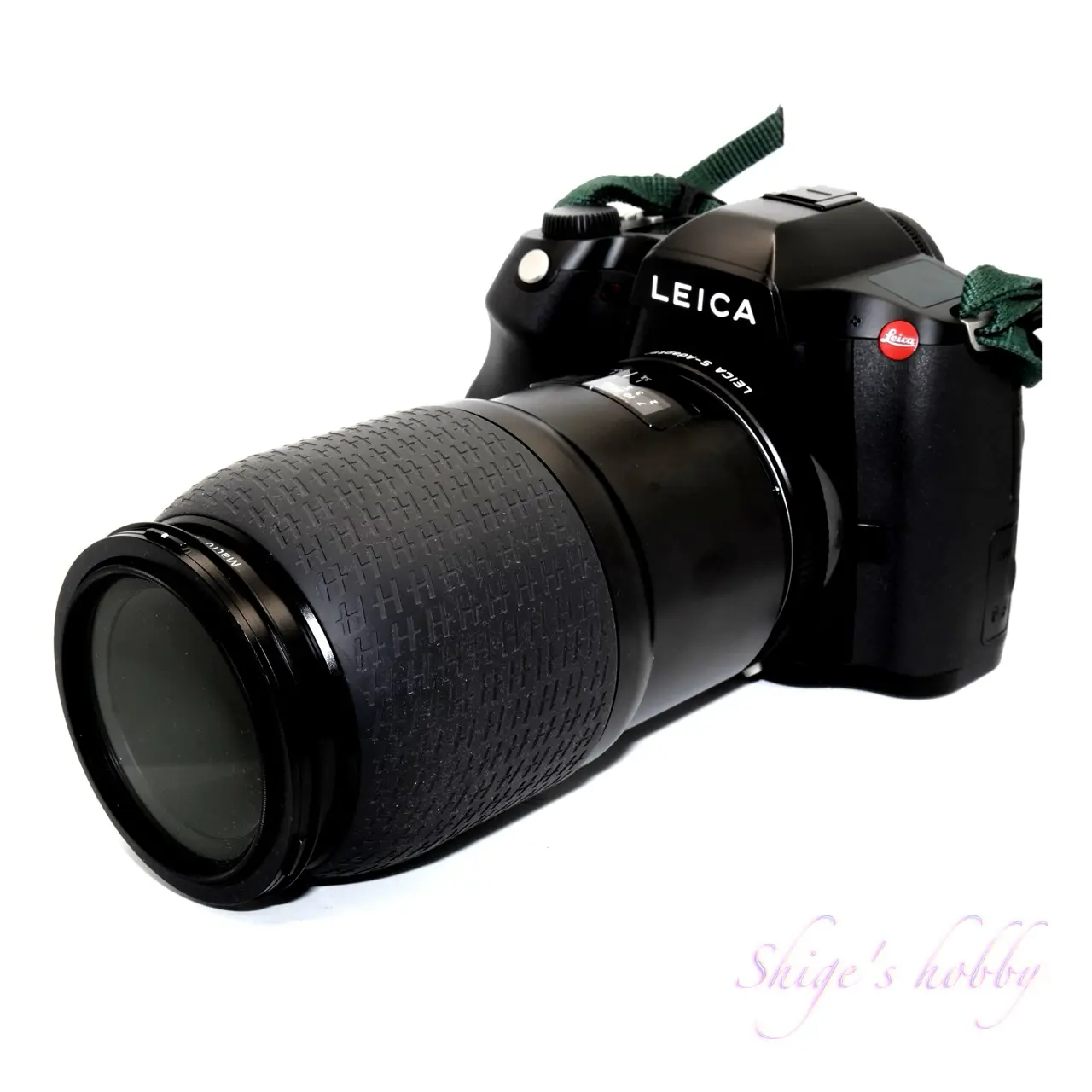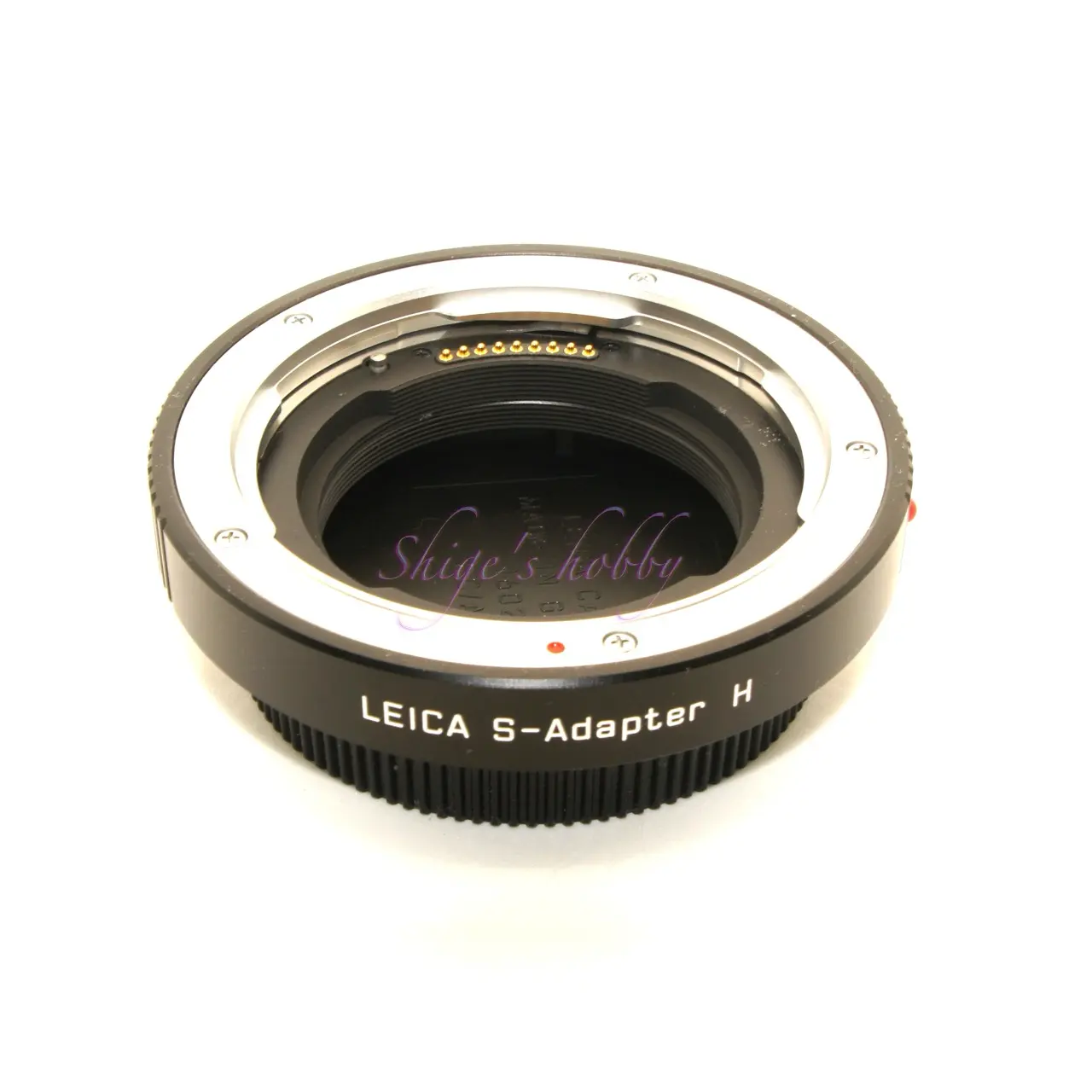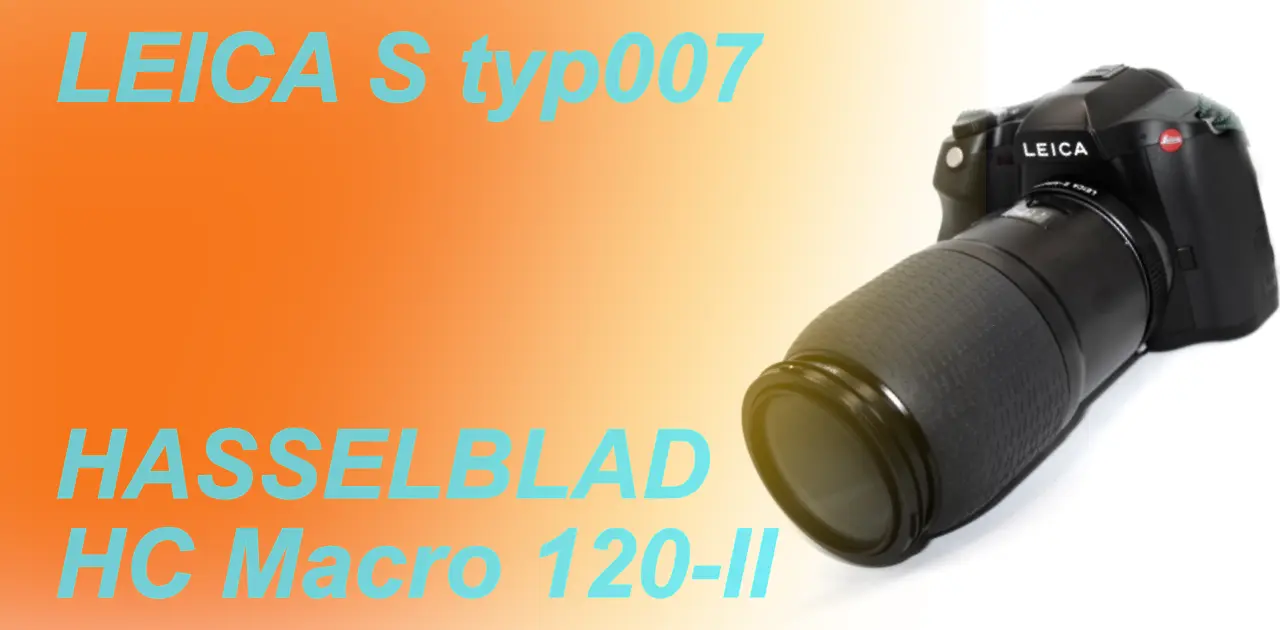Last updated on 2025-09-03
AFマクロレンズ・HASSELBLAD HC 120mm IIをLEICA S typ007 デジタル一眼レフカメラで使用したレビューと写真作例
- 本サイト表示の広告詳細は本リンク先に記載、本文中斜め文字のリンクはアフィリエイトリンク
目次
ギャラリー
箱根仙石原の箱根湿生園にて撮影
レビュー


HASSELBLAD HC120mm Macro IIはハッセルブラッド Hシリーズ用の中望遠レンズ。レンズをHASSELBLAD Xシリーズカメラで使用したレビューはリンク先ページで紹介している。
ハッセルブラッドのHシリーズレンズには大きく2つのバージョンがあり、オレンジドットと呼ばれる新型と、FUJINONブランドを含む無印の旧型がある。ライカ Sシリーズで使用する場合は、新型、旧型問わずに使用可能でレンズに問題がなければオートフォーカスで使用することができる。
ここでは、LEICA S typ007での使用に絞ってレビューを記す。
HASSELBLAD HC120mm Macro IIをLEICA S typ007で使う場合、ライカ純正のLEICA S-Adapter Hを使うことでレンズをオートフォーカスを利用することができる。LEICA Sシリーズの採用する45mm x 30mmの中判デジタルセンサーで使用するとき35mm判換算焦点距離は96mm相当となる。
レンズ、カメラ、マウントアダプターを足した重量は3kg弱で、レンズ単体が1.5kg程度あるためカメラシステムの中でレンズ部分が重く撮影時に構えたときバランスの悪さを感じる。
焦点距離120mm相当は中望遠レンズとしては扱いやすい焦点距離で、実焦点距離150mmなりの圧縮効果が得られるためポートレートなど被写体が中央に来るような撮影に向いている。また、前後の滑らかなボケが美しく描写されるレンズで被写体を浮き上がらせる効果は十分である。
所有しているHASSELBLAD HC120mm Macro IIはオレンジドットの最新版だが、HASSELBLAD XシリーズのHASSELBLAD X2D-100Cはオートフォーカスで使うことはできない。これはカメラ側の制約である。しかし、LEICA SシリーズではLEICA S-Adapter Hを使うことで、オートフォーカスを利用することができる。
HASSELBLAD HC120mm Macro IIとLEICA S typ007にてオートフォーカスで使用したときの挙動は、合焦速度は遅いがLEICA Sの中央一点のみのいさぎよいフォーカスポイントで、1m程度の距離までであればピント位置を中央に設定してあわせる場合はフォーカス精度に満足できる。被写体にコントラストの差がないシーンでは難しいが、これはどのようなオートフォーカスカメラでも難しい面があるため仕方がない。
また、オートフォーカスは1mを切るようなマクロ域においては、より精度が不安なことと、合焦位置から構図を変えるためにレンズを移動させると、近接位置ではピント位置の変化が敏感なため、撮影者がファインダーを見て補正する必要がある。最新の多点フォーカスポイントのように好きな場所でカメラが勝手にピントを合わせるという器用なことは期待できない。このようにマクロ域ではマニュアルフォーカスで使用することがほとんどになる。F4の絞り解放はピント面はとても薄く、狙った場所に合わせるためにそれなりの修練を要する。
仕様・考察など
中判向けマクロレンズのなかで、リリースの比較的新しい3本について簡単に考察する。
- ハッセルブラッドのHASSELBLAD HC120mm Macro II
- カールツァイスのAPO MAKRO PLANAR 120mm F4
- ライカのAPO MACRO SUMMARIT S 120mm
カールツァイスのAPO MAKRO PLANAR 120mm F4は中判カメラ向けマクロレンズのなかでは小さくて軽いレンズで、この理由はマニュアルフォーカス専用となっていること、レンズにシャッター機構がないためである。
APO MAKRO PLANAR 120mm F4は古典的なプラナー形式にレンズを2枚足して撮影距離範囲の拡大を図っている。ピント位置を決めるレンズ移動は前群、後群すべてを動かす形式で無限遠の状態から撮影距離が短くなるほどレンズが伸びていく。AMPを実際に使ってみると、このレンズをそのままAF駆動させるのは相当困難なことが実感できる。
HASSELBLAD HC120mm Macro IIは前群レンズでピント位置を決める仕組みとなっており、そのレンズはAF動作時はモーターによって前後移動する。そのため、レンズ枚数を少なくして移動部分の重量を軽くしている。
このように、2020年代の技術であれば価格を無視して、鏡筒をエンジニアリングプラスチックで軽量化を図り、レンズに薄いものを採用して、超音波モーターで駆動させるなどすると、APO MAKRO PLANAR 120mm F4もAFは実現できるのかもしれない。ぜひ、カールツァイスはAPO MAKRO PLANAR 120mm F4のオートフォーカス化に挑戦して欲しい。
ライカのAPO MACRO SUMMARIT S 120mmは絞り開放F値がF2.5と明るくオートフォーカス機構を搭載しながら、APO MAKRO PLANAR 120mm F4よりも小型で軽量だ。これはレンズが「ハーフマクロレンズ」と呼ばれる最大撮影倍率が0.5倍(1:2)と近接撮影性能では、APO MAKRO PLANAR 120mm F4とHASSELBLAD HC120mm Macro IIより劣るレンズとなっているためだ。
APO MAKRO PLANAR 120mm F4とHASSELBLAD HC120mm Macro IIは最大撮影倍率が1.0倍の等倍マクロといわれるレンズとなっている。
- 等倍マクロ、ハーフマクロの違いは、ネットで調べればたくさんの情報がある。その内容を要約すると、ある対象物を撮影したとき、フィルムもしくはセンサー上で、撮影対象が実物と同じ大きさになる状態を等倍 1:1といい、半分の大きさになる状態をハーフ 1:2と呼んでいる。
- デジタルカメラはセンサー上の画像をモニターで見るため、実サイズと撮影された対象の大きさを比較することが困難なので、等倍、ハーフという表記はデジタルカメラでは実感しづらい表記だ。
| レンズ名 | APO MAKRO PLANAR 120mm F4 | HASSELBLAD HC120mm Macro II | APO MACRO SUMMARIT S 120mm |
| 焦点距離(mm) | 120 | 120 | 120 |
| 最大絞り | 4 | 4 | 2.5 |
| 最小絞り | 32 | 45 | 22 |
| レンズ構成 | 5群8枚 | 9群9枚 | 7群9枚 |
| 最短撮影距離(m) | 0.3 | 0.39 | 0.57 |
| レンズ長(mm) マウント面からの距離 | 104 | 166 | 128 |
| レンズ最大径(mm) | 86 | 96 | 91 |
| フィルター径(mm) | 72 | 67 | 72 |
| 重量(g) | 796 | 1410 | 1135 1205(レンズシャッターあり) |
| リリース年 | 1999 | – | 2012 |
参考情報
- HASSELBLAD HC MACRO 120mm 公式紹介ページ
- CARL ZEISS APO MAKRO PLANAR 120mm F4・CARL ZEISS公式配布PDF
- LEICA APO MACRO SUMMARIT 120mm F2.5 ・ライカ公式ページ
広告

Amazon Prime Sale
更新履歴
- 2025.8.12
- 2024.09.13
- 2024.08.31
- 2023.08.17



Be First to Comment